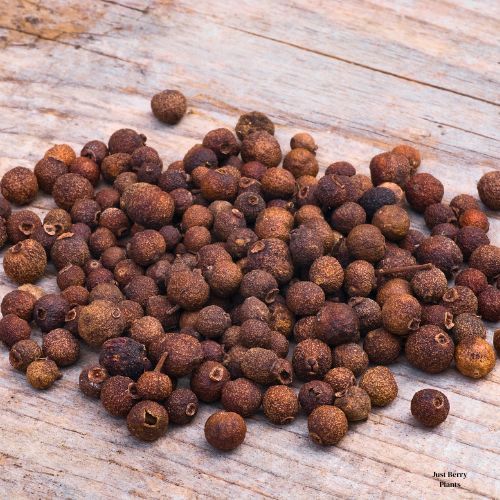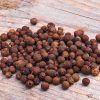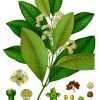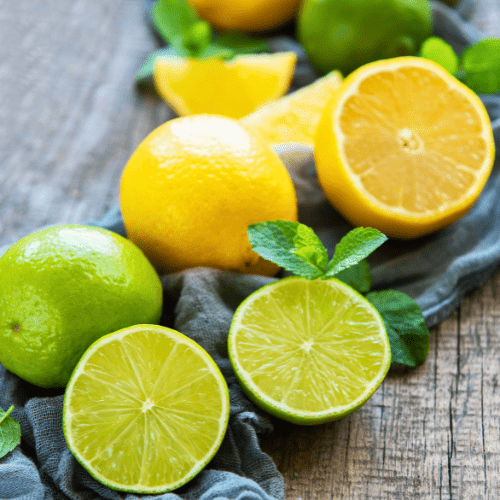Position
This plant is versatile in its light requirements, thriving in full sun but also able to tolerate some shade. However, it’s important to note that it is not cold or frost-hardy, so it must be protected in cooler areas in winter.
Soil
Well-draining, slightly acidic, loamy soil.
Watering
Regular, consistent moisture is crucial for the plant’s health. Avoid waterlogging, as it can lead to root rot. Do not allow the roots to dry out, as this can cause the plant to wilt and die.
Mulching
Add a thick layer of pine bark mulch, keeping it about 20 to 30 centimetres away from the tree trunk (any closer may cause excess moisture and damage the trunk). This will retain the moisture in the soil and will prevent weeds from taking over.
Fertilizing
Apply 1 teaspoon of our slow-release nitrogen-rich berry fertiliser every 4-5 months.
Pruning
Pruning is a key part of maintaining this plant’s health and shape. It’s best done in winter, during the dormant season, to remove dead wood and shape the tree. This process can also be used to keep the plant compact for smaller gardens, giving you control over its size and shape.
Train as an open center (vase shape) for good light penetration and air circulation. This shape allows sunlight to reach all parts of the plant, promoting healthy growth. It also improves air circulation, reducing the risk of fungal diseases.
Pests & Diseases
Generally pest-resistant; occasionally, scale or aphids may be present.
Harvesting
Late summer to early winter, when berries are mature but still green. They are then dried in the sun until they turn brown and are ready for processing into powder or left whole for use in pickling, marinades, and other applications.









